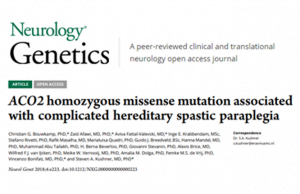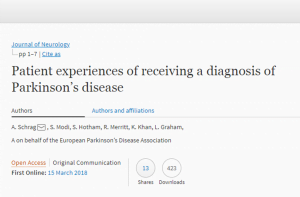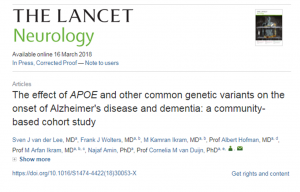With the aid of a PET camera, researchers have developed a new method for investigating the dopamine system in the brains of patients suffering from Parkinson’s disease. The method measures levels of a protein called dopamine transporter and could lead to improved diagnosis of Parkinson’s disease. The study was published in Movement Disorders.
Dopamine is a substance produced in the brain and is responsible for controlling our movements. In Parkinson’s disease, dopamine cells degenerate and their loss is responsible for the motor symptoms that characterise the disorder, such as shaking, slowness of movement and difficulty walking.
Using Positron Emission Tomography (PET), a group of researchers have measured the levels of the dopamine transporter protein DAT that regulates the levels of dopamine in the brain. DAT functions as a biomarker for dopamine cells and is present on the surface of the dopamine cells in the cell bodies, on the nerve fibres and on the nerve endings. By measuring where DAT is found, researchers have been able to map the presence of dopamine cells.
The study was based on 20 patients suffering from mild Parkinsonism and an equal number of healthy individuals. The results showed significantly lower amounts of DAT in nerve endings in the Parkinson’s patients than those not suffering from the disease.
Future studies will examine patients with more advanced Parkinson’s, in order to gain a greater understanding of the links between DAT and clinical variables such as motor symptoms and the various stages of the disease.
Paper: “Nigrostriatal dopamine transporter availability in early Parkinson’s disease”
Reprinted from materials provided by Karolinska Institutet.



